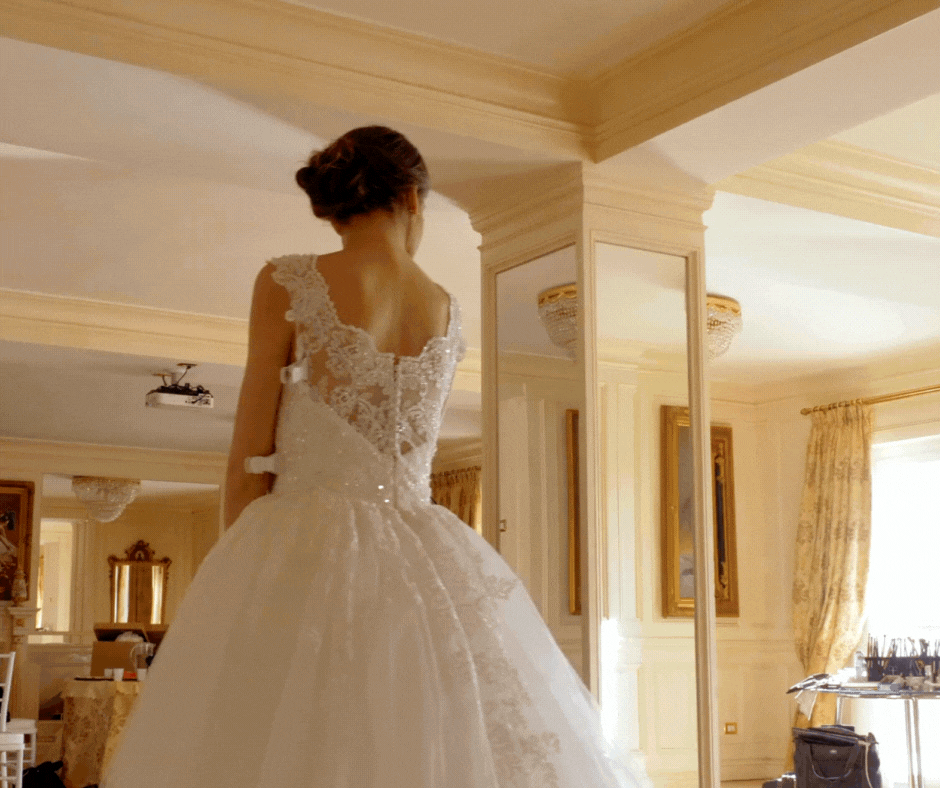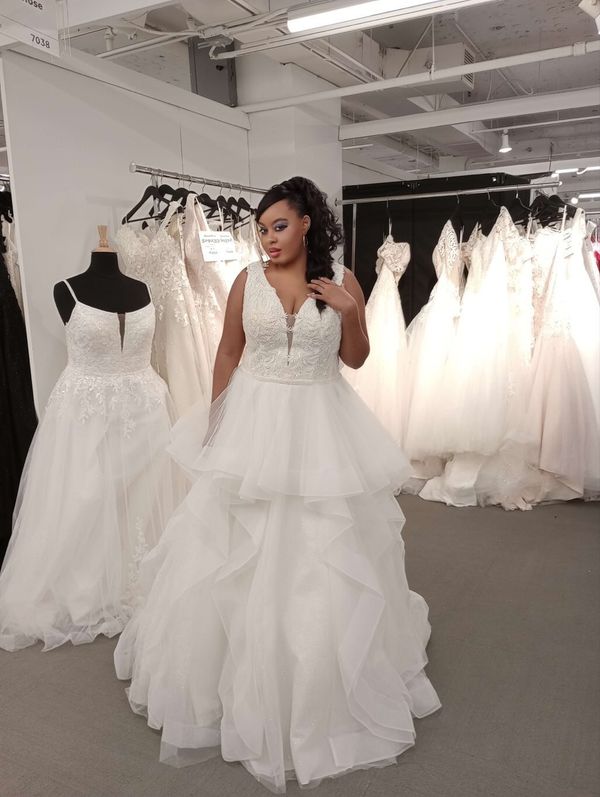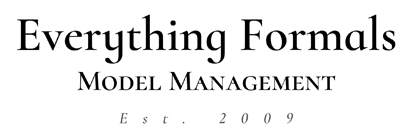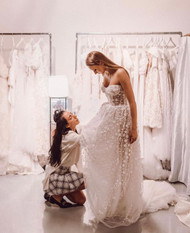Sample Sizes: Explained
Posted by Everything Formals Model Management on Monday March 20, 2023
World-renowned designer Tom Ford has said that all models are the same size, and here at Everything Formals, we agree. All of our new generation of models are all size beautiful. The fashion industry is becoming more inclusive. That's the way we want it, and while we love the fact that judgment is fading from the business, the fact remains that different bodies are still different sizes, and we must have measurements in order for models and garments to fit each other.
This is what Tom Ford had to say on the subject: "There's a practical reason why most models have been the same size historically. That reason is known as a sample collection."
Sample collections are always made in a standard size. Ford explains that it does not necessarily matter what the size is, but that models who don't fit the sample dress sizes don't get to appear on the runway in a given show.
He says, "It's an industry thing. If we all started making clothing in the next size up, that's different. But this is an issue of practicality, and that is the reason model measurements are a standard size."
He goes on to say that he has worked with models of all sizes. But he emphasizes that the models who came to the show and walked on the runway did so because they were a fit for the clothing. It's about the inner workings of the industry. The alternative, Ford tells us, is that he would be spending hours and hours refitting dresses if models were not hired according to whether or not they fit into the standard size of the collection being displayed.

The Importance of Matching Dress Sample Sizes to Models
When a model assembles her portfolio, when she is presented as a candidate for a given shoot, her measurements are an important part of the equation. Before a model can be hired for a given job, decision makers need to know that she will fit the clothing sizes that will be on display.
Short of this, we would have no end of fitting and refitting. Even if there was time for full-size adjustments, by the time you change a dress to the next size up or down, the unique look of the garment will have been altered.
Many people will argue that this measuring and marking down of model measurements is unfitting for our time. But the fact remains that there are numerous practical considerations at hand.
Tom Ford talks about the historicity of having standard dress sizes for shows. Traditionally, fabric has often been in limited supply. This means we simply cannot make unlimited changes. This also explains why models have traditionally been smaller, like Kate Moss.
In the name of inclusivity, this is changing, and it should. But the need for standard sizes remains, even if they are sometimes larger.

Denisha W. | EFMM Model
4 Reasons for Sample Clothing Sizes
The reasons for sizing entire collections are wholly practical and have nothing to do with body shaming or any other such prejudice. They are as follows:

Daria L. | EFMM Model
Matching Models and Garments
When hiring to show a collection, we need to know that the models will fit the clothing on display. If the model does not fit, we simply cannot have her in the show. It just won't physically work. Even if a model is too small, it would alter the look of the garment to be shown, and we can't have that.
Material Constraints
We only have so many garments and only so much fabric can be used for letting dresses out when we fit them. Even models who fit the garment on hand need to have it tailored. This takes time, and if it takes too much time, the show will be over.
Time Constraints
It takes time to make even clothing that fits a model look perfect. This is an intense job, requiring great skill and precision. If the model is the wrong size, the time and effort necessary are much greater.
Maintaining the Designer's Vision
Finally, the designer has a specific vision. No matter what size that vision is rendered in, it is size-specific. If clothing has to be completely resized, there is no way the look, the cut, and the form that was intended can remain.
Thank you for reading this month's blog! If you have any questions or suggestions on what our next blog should be, BE INVOLVED! Reach out to us on Instagram!

